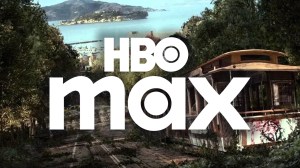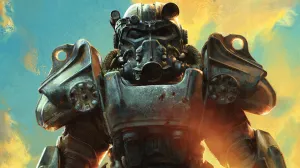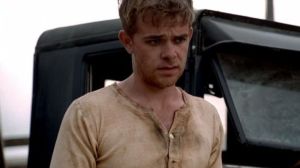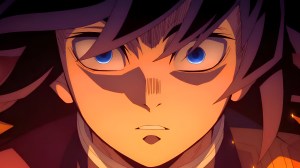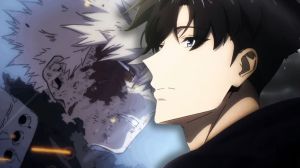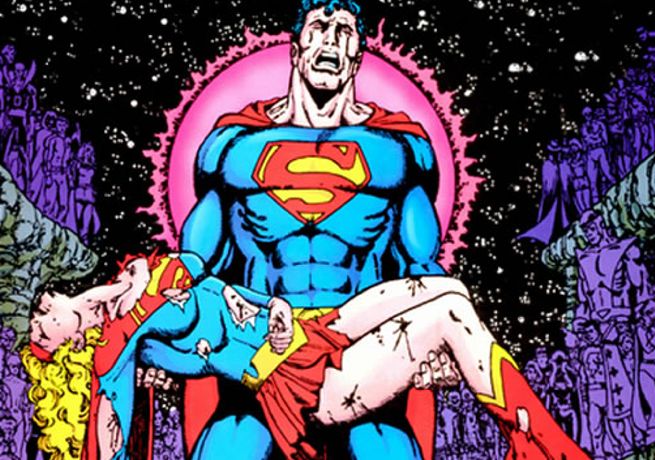
Grant Morrison’s long-planned The Multiversity miniseries finally made its debut this week (a series so complex, a high resolution image detailing DC’s Multiverse was unveiled at San Diego Comic Con last month). The series will spotlight six stories that take place on different parallel timelines. These timelines are better known as DC’s Multiverse.
Videos by ComicBook.com
For the uninitiated, DC’s Multiverse refers to the construct collecting the company’s numerous fictionalized universes. These worlds are essentially treated as parallel Earths where there are different variations of DC characters such as Superman, the Flash and Lex Luthor, as well as some wholly original characters. In the early 1960s, DC began publishing crossover stories where Golden Age versions of their characters would interact with their Silver Age incarnations. The Golden Age heroes hailed from “Earth-Two” while the modern day version of the characters existed on “Earth-One.”
Over the years, DC has grown, destroyed and again grown its Multiverse through various storylines and comic events. After rebooting its entire line and altering much of its established continuity with the “New 52” in 2011, it is anticipated that The Multiversity will mark the beginning of another growth period for the Multiverse.
If all of this talk sounds a bit confusing – don’t worry, you’re not alone – here are eight key events in the history of DC’s Multiverse that should provide a better sense of who inhabits these parallel worlds and why the intermingling of these characters always seems to bring forth a “crisis.”
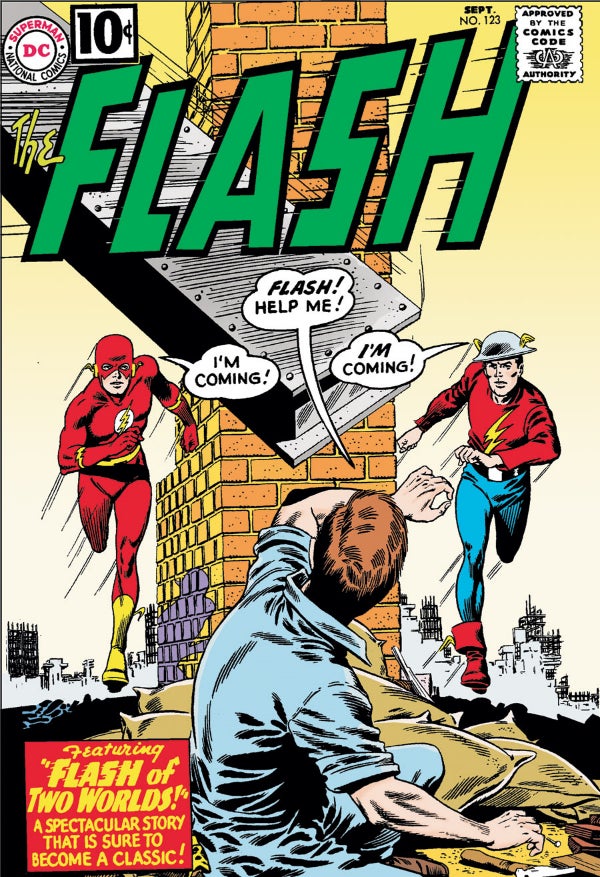
1. “Flash of Two Worlds” (Flash #123)
As the landmark 1961 story that, in effect, created DC’s Multiverse, it’s hard to imagine what DC Comics would have looked like over the past 50-plus years without this one comic book.
In terms of Flash #123’s story, Gardner Fox and Carmine Infantino collaborate to team-up the Silver Age incarnation of the Flash, Barry Allen, and his Golden Age predecessor, Jay Garrick. This seemingly inconceivable concept transpires after Allen starts vibrating his molecules during a rope climbing trick and instead disappears and finds himself in Garrick’s hometown of Keystone City on Earth-Two. The issue very clearly defines Earth-Two as a parallel Earth, thereby bringing the idea of theoretical physics to the mainstream comic book industry for the first time.
The premise of this issue ushered in an era lasting more than 20 years of parallel Earths and alternative DC universes that eventually became so cumbersome, Marv Wolfman and George Perez saw to it to clean it up as part of an epic comic book crossover event that was published during DC’s 50th anniversary year (more on that in a second).
Collectibility-wise, Flash #123 is one of the most sought after Silver Age comics out there, and was even referenced as a prized possession of Sheldon Cooper’s in an episode of CBS’s The Big Bang Theory.

2. “Crisis on Earth-One” and “Crisis on Earth-Two” (Justice League of America #21-22)
In 1963, DC initiated what would turn into an annual tradition of pairing up the Justice League of Earth-One with the Golden Age supergroup, the Justice Society, from Earth-2. This first two-part story was dubbed “Crisis on Earth-One” and “Crisis on Earth-Two.” This story also marked the beginning of DC’s ongoing tradition of plugging the word “Crisis” into the title of any of its special event Multiverse crossovers.
This landmark crossover is brought about when the evil Crime Champions, a collection of villains from both Earths, consisting of Chronos, Dr. Alchemy, Felix Faust, the Fiddler, the Icicle and the Wizard, discover a way to travel between universes, using that newfound power to steal millions of dollars. The threat of the Crime Champions becomes so big and overwhelming, only the combined might and with of the JLA and JSA can bring these villains to justice.
The JLA/JSA crossover tradition would continue every year until Crisis on the Infinite Earths was published in 1985. In the interim, the JLA and JSA would jointly combat “crises” across a variety of worlds, including Earth-Three, Earth-A, Earth-X, Earth-S, etc.

3. Crisis on the Infinite Earths
DC’s first large scale crossover remains one of its most iconic and popular, primarily for how it (attempted) to streamline the Multiverse. Of course, a lot of the groundwork laid by creators Marv Wolfman and George Perez would be later undone by future DC events, but that doesn’t change the amount of effort that went into making some sense of the company’s Tower of Babel-esque continuity. The series is also famous for killing off a number of iconic DC characters, most notably Supergirl and Barry Allen (the Flash).
Prior to Crisis on the Infinite Earths, DC publications were notorious for inconsistent continuity – most of them rooted in the fact that many of DC’s most popular and recognizable characters were created during the Golden Age of comics and they needed to have their origins updated and/or changed in order to maintain some semblance of believability for readers (like how could Batman be young and strong in the early 80s, but simultaneously be a World War II vet?). Crisis set out to eliminate all that by having the ultra-powerful Anti-Monitor wipe out all of the parallel Earths, thereby setting DC’s continuity under the umbrella of one timeline. The series is considered so important for DC, that a lot of the company’s history is divided into “Pre-Crisis” and “Post-Crisis.”
In the immediate aftermath of Crisis, DC rebooted many of its most famous heroes with altered origin stories, such as Frank Miller’s “Batman: Year One,” George Perez’s “Gods and Mortals” for Wonder Woman, and John Byrne’s relaunch of Superman in The Man of Steel.
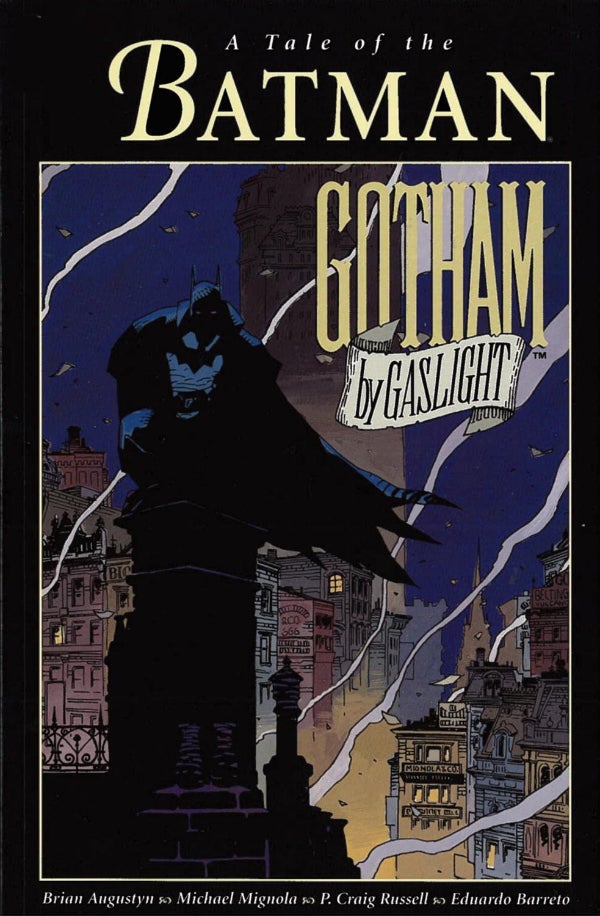
4. Gotham by Gaslight
In the wake of the Crisis on the Infinite Earths, there was still a strong desire for creators to use DC’s characters in stories that take place beyond the constraints of the company’s freshly streamlined continuity. For years, DC published hypothetical “what if?” stories, such as the epic “Whatever Happened to the Man of Tomorrow?” by Alan Moore and Curt Swan, under the Imaginary Stories imprint. However, by the early 1990s, Imaginary Stories gave way to Elseworlds. These comics, which were traditionally packaged as one-shot graphic novels, or prestige format miniseries, took place in entirely self-contained continuities and had absolutely zero impact on DC’s canon.
The Gotham by Gaslight graphic novel by Brian Augustyn and Mike Mignola, was retroactively declared the first Elseworlds story after it was published in 1989. The story follows a Victoria Age version of Batman who is hunting legendary real-world serial killer Jack the Ripper in Gotham City. This universe would be later revisited during DC’s Countdown to Final Crisis event when Bob the Monitor accompanies Jason Todd, Donna Troy and Kyle Rayner through the Multiverse in search of different iterations of Ray Palmer. In addition to the Gotham by Gaslight Elseworld, the group travels to where the Batman & Dracula trilogy takes place and Superman: Red Son.

5. Zero Hour: A Crisis in Time
Despite its better efforts to clean-up DC’s sometimes confusing continuity, Crisis on the Infinite Earths still left a number of issues unresolved – especially as it related to its numerous future timelines (that were not parallel Earths). There were also multiple versions of certain characters, namely Hawkman, still floating around after Crisis, which needed to be addressed. So DC launched a five-part miniseries in 1994 dubbed Zero Hour: A Crisis in Time, as an unofficial follow-up to 1985’s big event.
As Crisis attempted to do with the Multiverse, Zero Hero aimed to unify all of DC’s various timelines under one banner. In the back of Zero Hour #0 – which was actually the last issue of the mini because in an “oh so 90s” move, the series was numbered backwards – a timeline was published which identified various key events and stories that were now part of DC’s singular timeline. DC’s supergroup from the future, the Legion of Superheroes, had their origin completely rebooted once the mini concluded, while all of the various Hawkmans were merged into one character. Zero Hour also managed to retcon elements of Batman’s past out of existence, mainly that he had never caught or confronted the killers of his parents (as seen in Batman: Year Two).
One very positive development that came out of Zero Hour was the launch of James Robinson’s Starman, which rebooted the Golden Age character for the modern era. Robinson’s Starman is considered one of the greatest runs on comics from the 1990s. The success of Starman inspired DC to revive the Golden Age Justice Society in a contemporary setting.
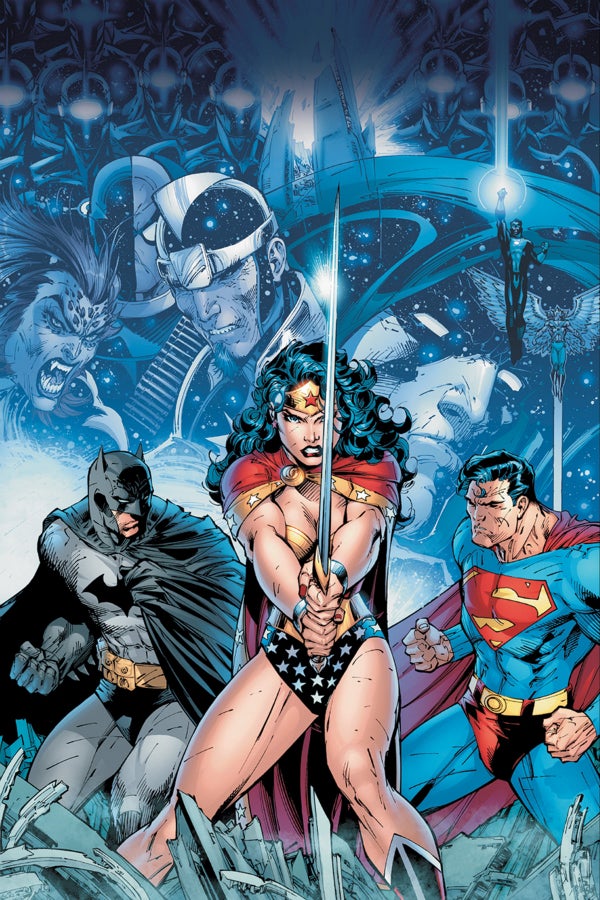
6. Infinite Crisis
This Geoff Johns-scripted limited series, which was published by DC between December 2005 and June 2006, was promoted as an official sequel to Crisis on the Infinite Earths. As such, the story was centered around a number of key characters from the Wolfman/Perez epic, including Earth-Two Superman (Kal-L) and Lois Lane, Alexander Luthor from Earth-Three, and the alternative Superboy from Earth-Prime (dubbed, Superboy-Prime).
However, Infinite Crisis’s plot is substantially different from its predecessor. Rather than joining together to fight the Anti-Monitor as they did in Crisis on the Infinite Earths, Luthor instead is dubiously attempting to resurrect various parallel worlds in an effort to create a “perfect Earth.” The parallel Earths that were created are eventually merged into a new single world dubbed “New Earth,” which remained DC’s core reality until Flashpoint a few years later.
More broadly, Infinite Crisis marked a revival of sorts for DC’s Multiverse, as the bulk of the company’s succeeding events were all focused around the reestablishment of alternate Earths and timelines – pretty much the exact opposite of what Wolfman and Perez aspired to do in Crisis on the Infinite Earths.

7. 52
Immediately following the end of Infinite Crisis, Geoff Johns, Grant Morison, Greg Rucka and Mark Waid collaborated for the ambitious 52 event – a weekly comic book series that lasted for a year. Each issue in the series focused on a specific week that took place between the end of Infinite Crisis, and the One Year Later time jump event.
One of the most important developments to come from 52 was the establishment of a new DC Multiverse. Unlike the original Multiverse, which was composed of an infinite number of parallel worlds, the new Multiverse consisted of exactly 52 alternative realities, starting with New Earth (or Earth-0), and the running through Earth-1 to -51. Additionally 52 new Monitors were created to oversee the new universes and to protect the Multiverse from those who attempt to crossover from one world to another.

8. Flashpoint
A coda to DC’s Post-Crisis universe, and the company’s final event before it drastically reshuffled its continuity under the “New 52” banner, Flashpoint takes place in an altered DC Universe where Cyborg is the world’s main hero, Superman is being detained by the government, Bruce Wayne is dead and his father, Thomas, is Batman, and Wonder Woman and Aquaman are engaged in a bloody war that’s decimating the planet. When the miniseries starts, Barry Allen wakes up without his Flash powers while his mother is alive and his father is dead. He eventually realizes that he’s living in some kind of alternate reality that has been brought upon by his time-traveling enemy, Professor Zoom.
By the end of the event, Barry tries to reverse the new reality when he sees three different timelines, DC (New Earth), Vertigo (Earth-13) and Wildstorm (Earth-50). This leads to the merging of the three universes, thereby creating a brand new DCU and leading directly into the New 52 revamp – DC’s most significant reboot in company history. The New 52 features new continuities across all of DC’s series, including the erasure of Clark Kent/Lois Lane’s marriage and the recovery of Barbara Gordon, who had been paralyzed by the Joker in The Killing Joke. Meanwhile most of the 52 parallel Earths that were first mentioned at the conclusion of 52, remain undocumented and unexplored – that’s expected to change as The Multiversity marches on.

